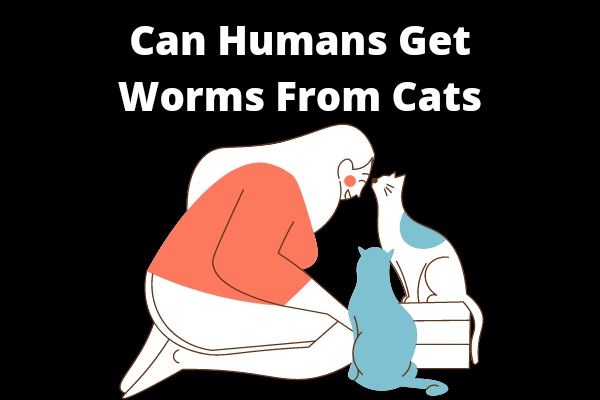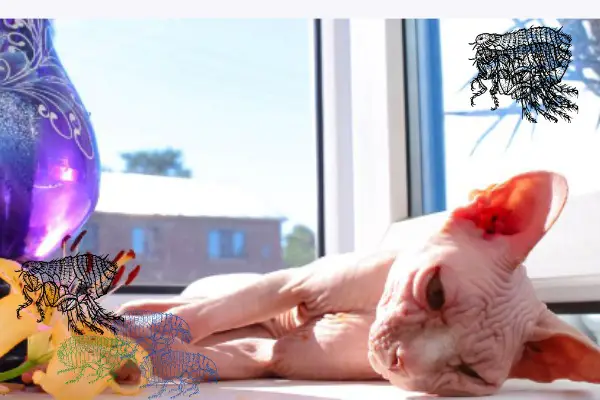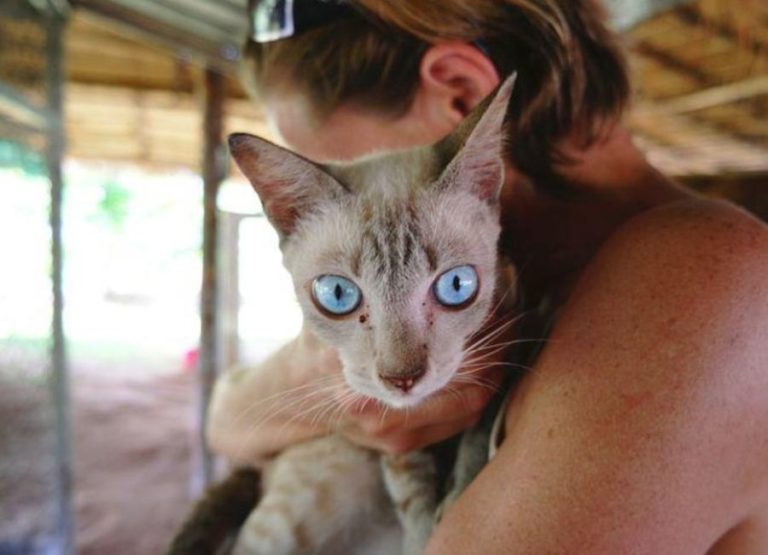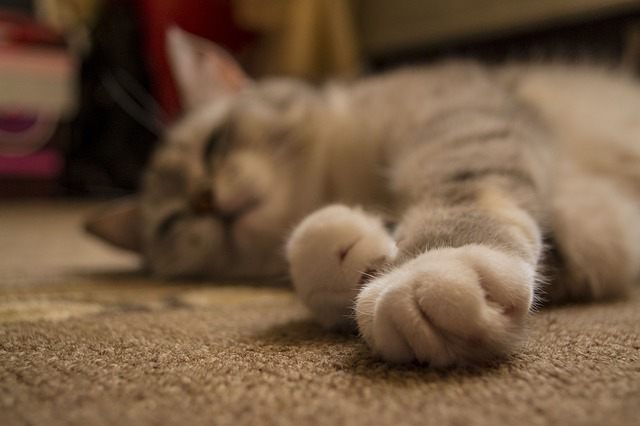17 Most Common Signs Of Cat Dying Of Old Age & Tips
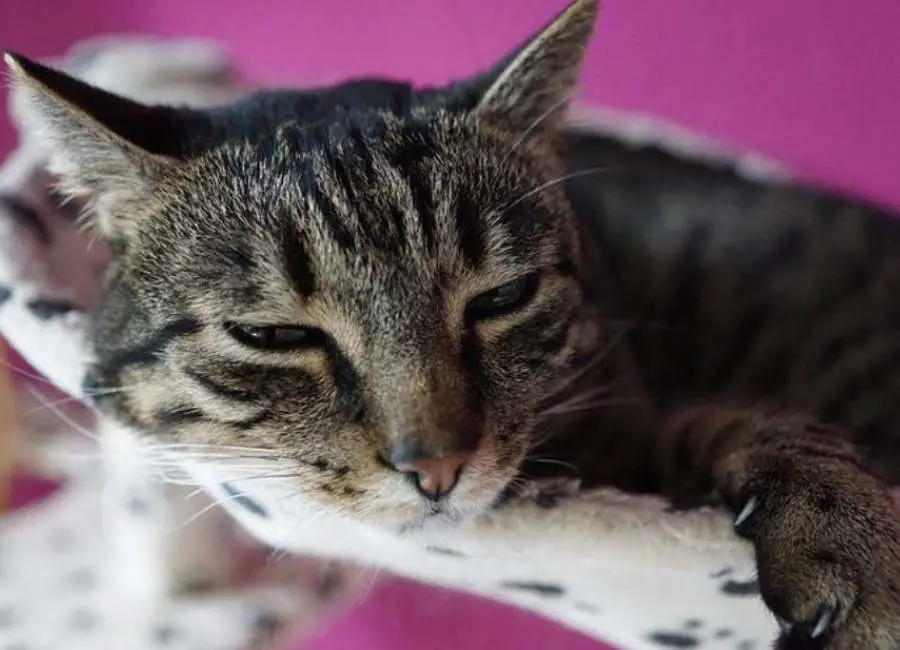
Cats can die at any age for different reasons but what if they get old? Let’s look at the most common signs of a cat dying of old age and what to expect.
It’s very painful to know that your cat is dying of old age and there is little to what you can do to help, there are still ways to comfort a dying cat.
Without wasting your time let me quickly break down the most common signs of cat dying of old age you should know.
Signs Of Cat Dying Of Old Age
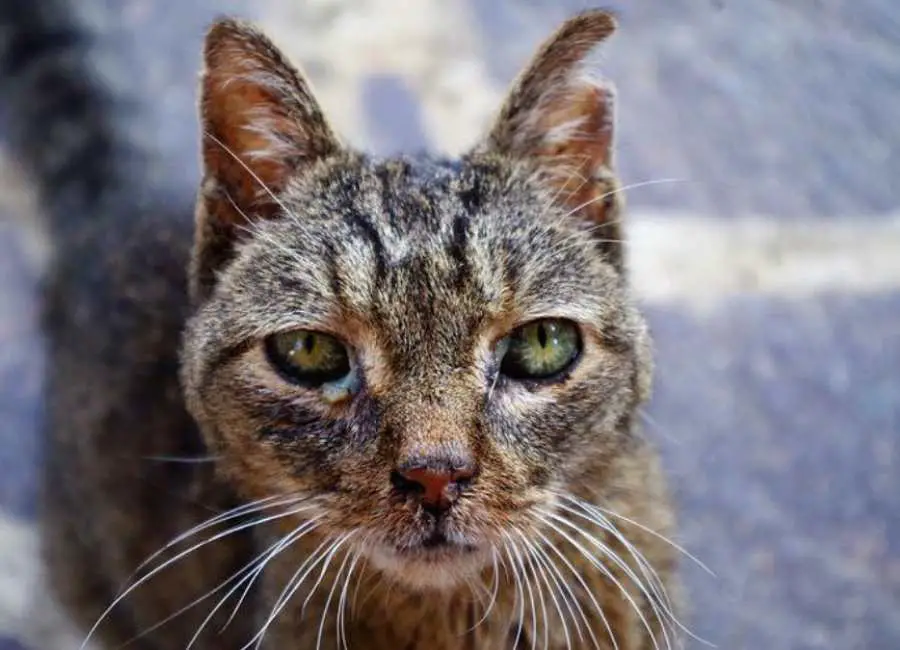
As cats get older, their health will decline, and they will eventually die.
There are many telltale signs that your cat is nearing the end of its life.
If you are observant, you will be able to spot these signs and take the appropriate actions.
Here are ten ways to tell if your cat is suffering from old age:
1. Deteriorating Eyesight or Hearing
As your cat gets older, their eyesight and hearing may start to deteriorate.
You may notice that they aren’t as responsive to you when you call their name, or they may have a harder time seeing things clearly.
If you have any concerns about your cat’s eyesight or hearing, please consult a veterinarian.
2. Changes in Sleeping Habits
One of the biggest signs your cat is aging is changes in its sleeping habits.
As cats get older, they may start sleeping more or less than they typically do.
They may also start snoring, having trouble staying asleep, or waking up often during the night.
If you notice any changes in your cat’s sleeping habits, it’s a good idea to take it to the vet to rule out any health problems.
3. Increased Vocalization
Cats will start to vocalize more as they age. You might hear them meowing more often, or even crying out in pain.
If you notice that your cat is making more noise than usual, it’s a good indication that he or she is experiencing health problems related to old age.
4. More Frequent Urination
Another common symptom of old age in cats is more frequent urination.
This can be a result of the cat’s kidneys not working as well as they used to, and it can also be a sign that the cat is feeling pain or is unwell.
If your cat is urinating more than usual, it’s a good idea to take him to the vet for a check-up.
5. Accidents Outside the Litter Box
One of the signs that a cat is nearing the end of its life is that it may start having accidents outside the litter box.
This may be due to a number of factors, such as mobility issues or cognitive decline.
If your cat is suddenly having accidents in places other than the litter box, it may be a sign that it is dying.
6. Difficulty Grooming
As cats get older, they can start having difficulty grooming themselves.
You may notice that they are losing their hair, their skin is getting dry and scaly, or they are developing mats in their fur.
If your cat is having difficulty grooming, you may need to help them out by brushing them regularly.
7. Weight Loss
One of the most common signs of cat aging is weight loss.
As cats get older, they tend to lose weight.
This is because their metabolism slows down, and they don’t eat as much as they used to.
You may also notice that your cat’s coat is starting to thin and that her fur is losing its shine.
8. Decreased Appetite
One of the most common signs that a cat is aging is a decrease in appetite.
As cats get older, their digestive system starts to slow down.
This means that they may not be able to digest their food as well as they used to, and they may start to lose weight.
You may also notice that your cat’s eating habits have changed.
He may no longer be as interested in his food, or he may start to eat more slowly than he used to.
9. Increased Thirst
One of the most common signs of old age in cats is an increase in thirst.
If your cat is drinking more water than usual, it might be a sign that he’s not feeling well.
Trust your instincts and take your cat to the vet if you think something might be wrong.
10. Reduced Activity Levels
One of the most common signs that a cat is dying of old age is a reduction in activity levels.
Your cat may not be as playful as she used to be, or she may spend more time sleeping.
She may also be less inclined to eat or drink, which can lead to health problems.
If you notice that your cat is inactive and losing weight, it’s important to take her to the vet for a check-up.
She may be suffering from old age and need treatment.
11. Repeated Extreme Weakness
Repeated extreme weakness is one of the most common signs your cat is dying of old age.
Your cat will start acting more sluggish, sedentary, and immobile.
They will also sleep a lot more than normal, and their weakening in their rear legs will be extremely obvious.
12. Continuous fluctuations in body temperature
The ideal temperature for a cat is between 37 and 38 degrees Celsius.
Lower body temperature is one indication that your cat is dying.
The body temperature falls below 37 as the heart becomes weaker and other bodily functions begin to shut down.
To check their temperature, use a digital rectal thermometer or an ear thermometer.
You may feel their paws as well; if they feel chilly to the touch, it can indicate that their heart is slowing.
13. Wanting to be alone
When they are very unwell, cats tend to retreat and desire isolation.
A dying cat knows instinctively that they are more susceptible to predators in the wild.
They can defend themselves by hiding. Similar innate behavior has been adopted by domestic cat breeds.
14. Rough appearance and smell
Cats take great care in their grooming and like taking their time.
They lose the motivation to maintain themselves as they get older and start to look disheveled and messy.
As their organs cease functioning correctly, poisons begin to pile up and they begin to emit a distinct, foul odor.
Since they can’t get rid of the poisons, the odor grows stronger with time.
15. Total change in demeanor
Significant personality changes are a clue that a cat is dying.
A cat that was formerly amiable and likable will turn hostile and aggressive.
The cat will quit requesting petting and will turn down any touching.
The cat is typically in discomfort when this happens. This could be the result of musculoskeletal diseases like arthritis.
Additionally, your cat can have a tumor or be in agony inside. Organ failure is typically the source of internal discomfort.
A cat’s pain does not necessarily indicate that it is nearing the end of its life.
It could be feasible to treat it as a medical issue with medicine or surgery.
These medical conditions are more challenging to treat in older cats.
16. Repeated Seizures
In the final hours before passing away, cats are prone to convulsions. There will be brief unconsciousness as a result of them.
The cat will begin to spend a lot more time resting than being awake as its life comes to an end.
The length of the seizures will increase, and the intervals between them will be considerably reduced.
A cat will eventually cease responding in between convulsions. It will stop moving and perhaps not notice you or your surroundings.
Your cat will most likely just have a few hours to survive when this happens.
17. Poor Treatment Response
Many of the illnesses that afflict older cats may be managed for a very long period with medication and other therapies.
Your cat could need greater dosages of medicine or cease responding to therapy over time.
This can indicate that her body is deteriorating and is no longer able to use drugs as it should.
How to manage a cat dying of old age
Here are some common ways to manage a cat dying of old age:
- Consult with your vet about end-of-life care.
- Talk to your dying cat in a soft voice that is comforting.
- Give your sick cat all the medical care and medications he or she needs.
- Give your dying pet a tranquil and soothing environment.
- Help your cat eliminate comfortably.
- Give your cat better food, and always have a water bowl available.
- Give your dying cat more time.
- Reduce the amount of new exercises or activities your dying cat performs.
- Make sure there are plenty of blankets available or cover him if he starts to become cold.
- Monitor your cat’s pain level.
- Avoid loud noises and bright lights in the area where your dying cat is sleeping.
- Keep an eye on your dying cat’s body temperature.
- Respecting your cat’s demand for privacy is essential.
- You can use appetite stimulants to make sure your dying cat eats.
- Always be on the lookout for signs that your dying cat needs assistance.
- Do not yell at your dying pet.
- Carefully walk up to him and touch him without shocking him.
- Your cat should receive smaller meals on a regular basis.
Conclusion
The final stages of a cat’s life can be difficult, both for the animal and the humans who love them.
If you’re noticing any of the following signs, your cat may be in the latter stages of its life:
- Loss of Appetite
- Vomiting and/or Diarrhea
- Inability to Urinate or Defecate
- Excessive Drinking and/or Urination
- Weight Loss
- Lethargy and Change in Behavior
- Baldness, Poor Coat Condition
- Difficulty Walking and Climbing
What to do at the end of your old dying cat:
- Decide whether euthanasia is appropriate.
- Take care of your cat’s remains.
- Decide between cremation and burial.
- Consider grief counseling after the death of your pet.
- Move on.

![10 Signs of Depression in Cats [Causes & Tips] Signs of Depression in Cats](https://petcreeks.com/wp-content/uploads/2021/07/Signs-of-Depression-in-Cats.jpg)

